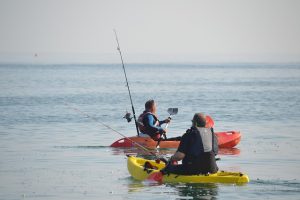Choosing between single and tandem seating in a fishing kayak depends on your needs. Single seats are ideal for solo anglers seeking solitude, maneuverability, and better balance. Tandem seats, perfect for pairs, offer communication, gear-sharing, and space efficiency, enhancing navigation and increasing fishing success. Consider factors like comfort, storage, body types, and intended use—solo or shared adventures—to make the best choice for an enjoyable and productive fishing kayak experience.
Fishing enthusiasts often seek the perfect kayak to enhance their water adventures. When it comes to seating options, the choice between single and tandem fishing kayaks is a significant decision. This article explores the various aspects of these seating arrangements, from ergonomic comfort to space efficiency and safety features. Whether you’re a solo angler or prefer a collaborative experience, understanding the advantages and disadvantages of each style will help you choose the ideal fishing kayak tailored to your needs.
Understanding Fishing Kayak Seating Options
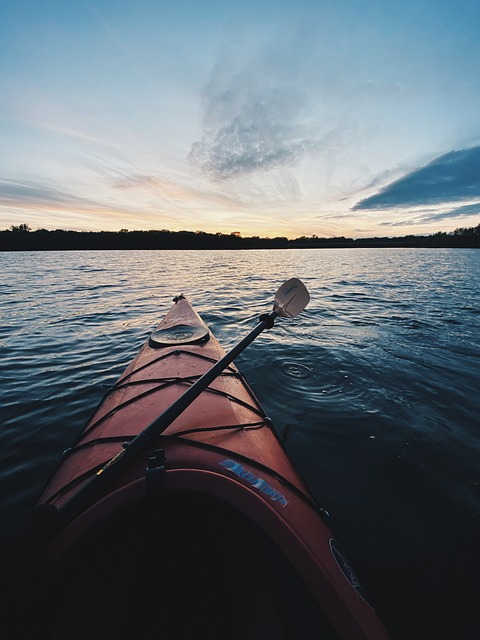
When it comes to fishing kayaks, understanding seating options is key to enhancing your overall experience on the water. The two primary types are single and tandem seating, each catering to different preferences and needs. Single seating arrangements offer a more personal and controlled environment, perfect for solo adventurers who enjoy the solitude of a quiet fishing trip. On the other hand, tandem seating is designed for companionship, allowing two anglers to share the experience together while maximizing space and efficiency on smaller craft.
Fishing kayaks with tandem seating typically feature side-by-side or back-to-back configurations, enabling easy communication and collaboration between partners. This setup also facilitates sharing of gear and bait, streamlining your fishing routine. Conversely, single seats provide a more independent experience, allowing each angler to adjust their position and comfort levels according to their preferences. Whether you’re a seasoned kayaker or just starting out, selecting the right seating option for your fishing kayak can significantly contribute to a more enjoyable and productive time on the water.
Single Seating: Advantages and Disadvantages
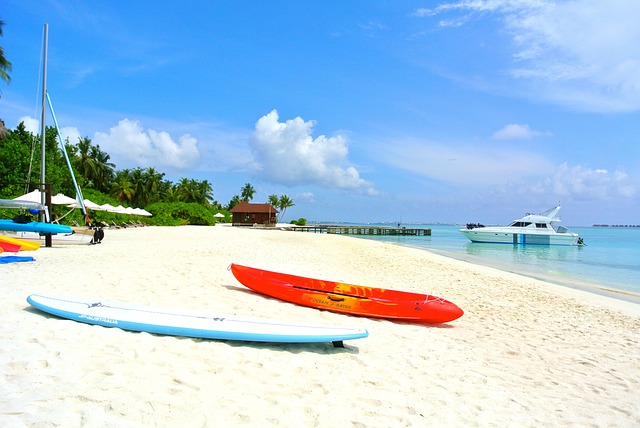
Single seating in a fishing kayak offers several advantages for solo adventurers and enthusiasts. It provides an unparalleled level of control, allowing kayakers to easily maneuver their craft and access hard-to-reach areas. The unencumbered design enables quick changes in direction, making it ideal for navigating narrow rivers or exploring secluded coves. Additionally, single seating promotes better balance and stability, enabling kayakers to stand and cast lines with ease, enhancing the overall fishing experience.
However, there are also disadvantages to consider. Solo kayakers might find themselves more exposed to the elements, lacking the protection offered by a tandem setup. The lack of a partner can make long-distance or open-water trips more challenging, as assistance in case of emergencies becomes solely dependent on one’s own abilities. Furthermore, single seating typically accommodates less storage space, potentially limiting the number of gear and supplies one can bring along during fishing expeditions.
Tandem Seating: A Team Effort on the Water
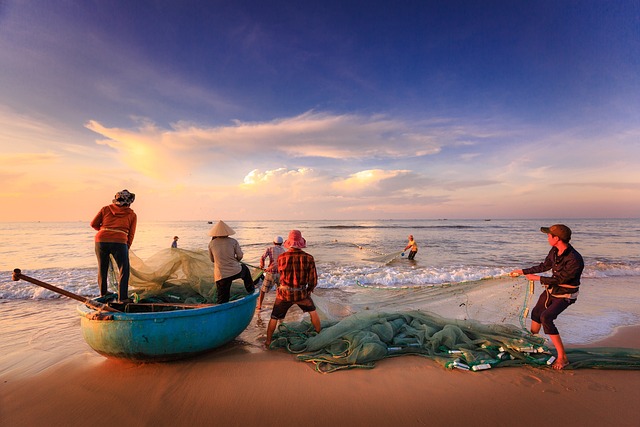
Tandem seating in a fishing kayak is not just about sharing space; it’s about collaborating on the water. This configuration brings together two paddlers, each contributing their strength and skills to propel the craft efficiently. The pilot steers while the companion provides additional power, making navigation smoother and allowing for quicker catches.
This teamwork enhances the overall experience, fostering a sense of camaraderie and shared purpose. It’s ideal for those looking to maximize their fishing time, as it enables faster coverage of larger areas, increasing the chances of finding prime spots and catching more fish. Whether exploring rivers, lakes, or coastal waters, tandem kayaking allows for an enriching, collaborative adventure on the water.
Choosing Between Single and Tandem for Your Fishing Adventures
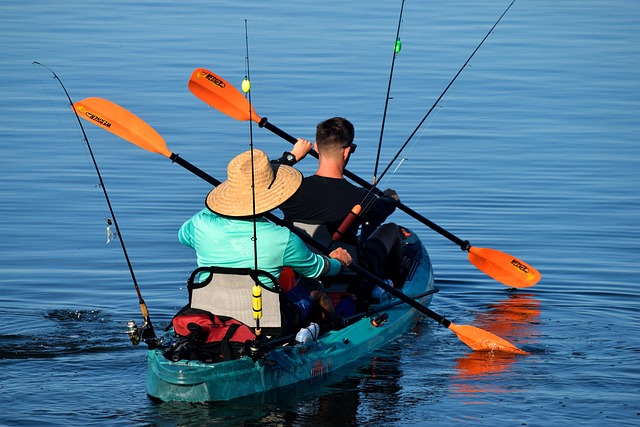
When planning your next fishing kayak adventure, one of the most significant decisions is whether to opt for single or tandem seating. Each choice offers unique benefits tailored to different preferences and scenarios. Single seating arrangements are ideal for solo anglers who enjoy the freedom to move and cast independently without disturbing a partner. This setup also provides better stability for navigating choppy waters or when carrying less gear.
On the other hand, tandem seating is perfect for couples or friends who want to share the experience together. It allows for easier loading and unloading of equipment and offers a more social fishing environment. Tandem kayaks often come with additional storage compartments, making them suitable for longer trips where sharing responsibilities can make the journey more enjoyable and manageable.
Ergonomics and Comfort in Kayaking
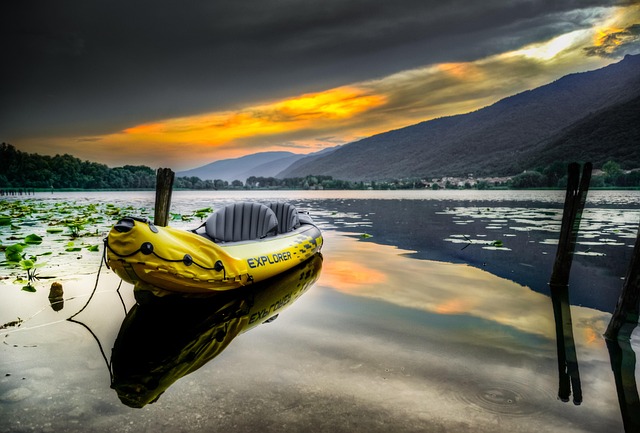
Kayaking is an activity that demands both physical exertion and comfort, especially for extended sessions on the water. When it comes to ergonomics in kayaking, the seating arrangement plays a pivotal role. In fishing kayaks, for instance, choosing between single or tandem seating goes beyond aesthetic preferences; it directly impacts the paddler’s experience and performance.
Single seating arrangements offer a more tailored fit for individual users, allowing them to position themselves optimally for enhanced control and efficiency while paddling. This setup is particularly beneficial for solo anglers who require unencumbered access to their fishing gear. In contrast, tandem seating configurations accommodate two paddlers, promoting teamwork and shared experiences, which can be advantageous for couples or friends enjoying a day on the water together. Ergonomic designs in these seats include adjustable backrest support and contoured shapes to reduce fatigue during long trips, ensuring a comfortable and enjoyable kayaking experience regardless of seating choice.
Single Seat vs Tandem: Space and Storage Considerations
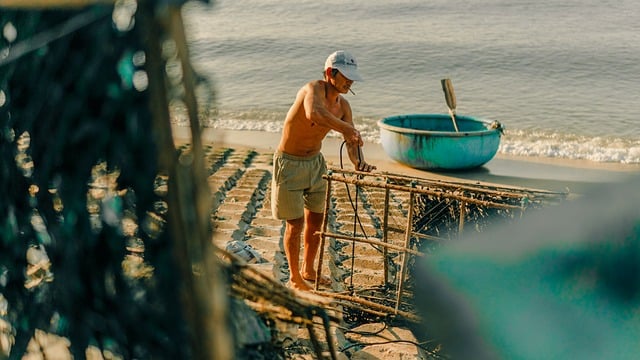
When it comes to fishing kayaks, the choice between single and tandem seating isn’t just about personal preference; it’s a space and storage consideration as well. Single-seat kayaks are compact and agile, ideal for solo adventurers who prioritize maneuverability in tight spaces. They offer easy access to all equipment, making them perfect for quick trips or navigating through shallow waters. However, they leave limited room for additional gear or a companion.
In contrast, tandem seating provides ample space for both the paddler and a partner, with more storage options. These kayaks are designed for shared experiences, allowing for easier transport of larger items like extra fishing rods, food, and supplies. While they might not turn as sharply as singles, tandems excel in stability and can accommodate diverse body types, making them a game-changer for longer journeys or group adventures on the water.
Social Aspect of Kayaking: Alone or Together?
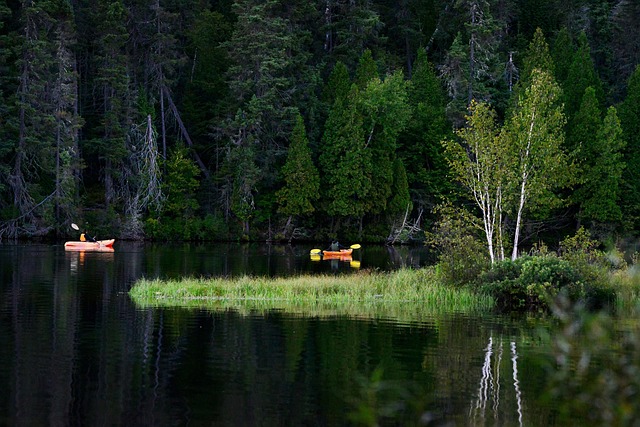
Kayaking offers a unique blend of solitude and social interaction, depending on whether one opts for single or tandem seating in their fishing kayak. For the solo paddler, the open water becomes a personal sanctuary where they can escape the hustle and bustle of daily life. The rhythmic motion of paddling provides a meditative experience, allowing individuals to connect with nature and find clarity. This sense of independence is appealing to many, as it enables them to explore remote areas and immerse themselves in breathtaking landscapes undisturbed.
In contrast, tandem kayaking encourages camaraderie and shared adventure. With two or more paddlers in a fishing kayak designed for stability, conversations flow effortlessly while navigating rivers or coastal waters. This social aspect fosters a sense of community among kayakers, fostering friendships and creating lasting memories. Tandem kayaking trips often become opportunities for storytelling, laughter, and the exchange of tips on the best fishing spots, making it an appealing choice for those who enjoy shared experiences in their outdoor pursuits, especially during group excursions or family vacations.
Safety Features to Look For in Fishing Kayaks
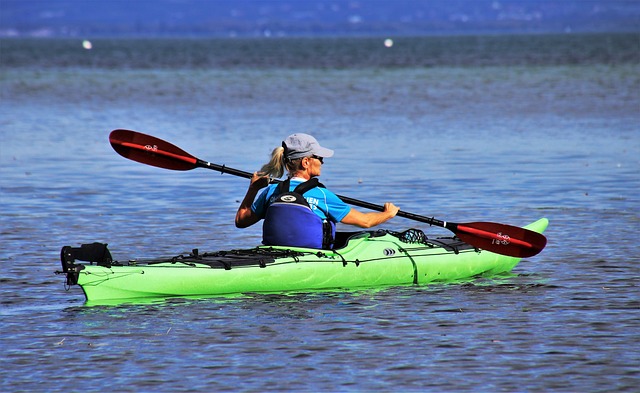
When choosing a fishing kayak, safety should be your top priority. Look for models equipped with robust structural design and high-quality construction to ensure stability and durability on open water. Check for features like reinforced hulls, secure mounting points for accessories, and wide decks that provide ample space for maneuvering while keeping you steady during casting and reeling.
Additionally, essential safety features in fishing kayaks include well-placed drain plugs for quick drainage, floating seats with backrests for comfort and stability, and integrated storage compartments to keep essential gear within easy reach. Look for models fitted with reflective strips or lights for enhanced visibility during low-light conditions, as well as whistle or horn attachments for signaling help in emergencies.
Expert Tips for Maximizing Your Kayak Seating Experience
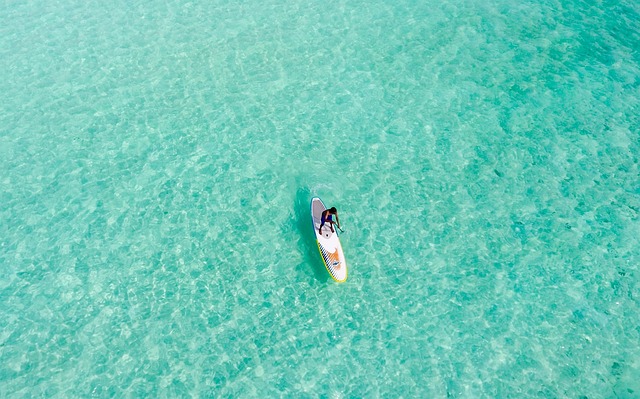
Whether you’re a seasoned kayaker or just starting, ensuring the right seating setup in your fishing kayak can significantly enhance your overall experience. Here are some expert tips to maximize comfort and efficiency:
First, consider your body type and preferences. Adjust the seat height and angle to suit your posture, especially when spending long hours on the water. A good fit prevents fatigue and promotes better control. For fishing kayakers, positioning yourself optimally allows easier access to your gear and baits, making casting and reeling more comfortable. Secondly, explore options for tandem seating if you’re paddling with a partner. Proper alignment and support between seats can create a stable environment, reducing balance issues during turns or on rough water. This setup also facilitates conversation and shared experiences, adding to the enjoyment of your kayak adventure. Lastly, invest in a high-quality seat with ergonomic design, especially for fishing kayaks, as it can prevent blisters and discomfort during extended paddling sessions.
